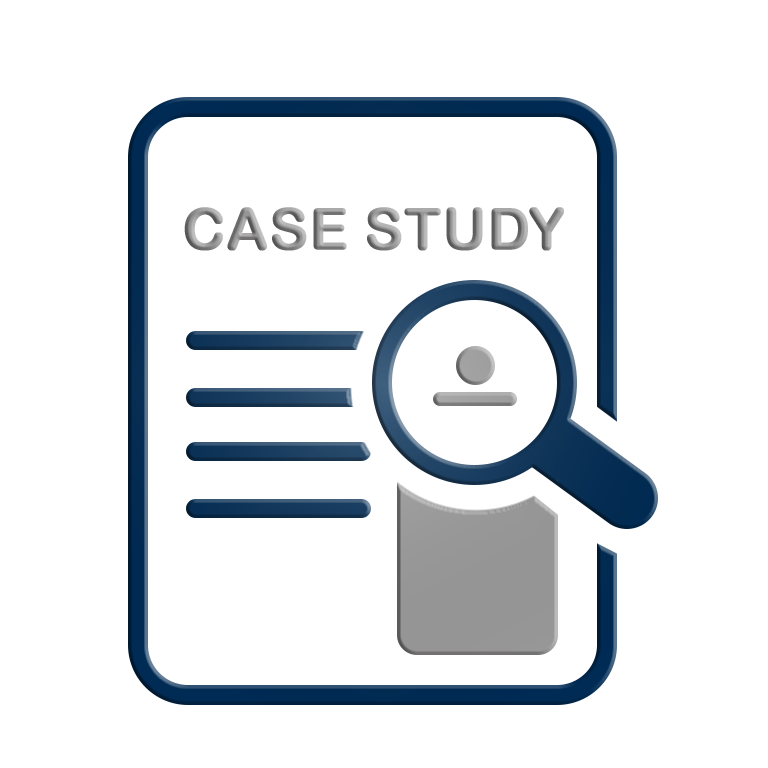Risk Assessment
Market Surveillance Authorities (MSAs) use Risk Assessment (RA) to determine how dangerous a non-compliant product is.

The process includes three phases:
- Compliance assessment - checking if the product complies with the safety requirements, by testing the product according to a (harmonised) standard;
- Risk Assessment to analyse the nature, probability and severity of the risks/harms associated with the non-compliant product;
- Risk Management - if the risk level is unacceptable, it is necessary take action to lower or remove the risk.
PROSAFE has been studying the application of RA since the first EMARS Joint Action in 2006 and continues to upgrade its RA methodology and guidelines in the context of all Joint Actions on product safety based on risk assessment method in the RAPEX Guidelines, DG GROW’s general risk assessment methodology, and in synergy with the relevant Administrative Cooperation (ADCO) groups. Emphasis is given on risks associated with products sold online.
The Risk Assessment method in a nutshell
Risk is severity multiplied by probability. The severity level is measured on a 4-level scale and probability is estimated using injury scenarios that establish a sequence of events that describes how the product hazard can cause an injury to the consumer.
The method presumes that all unsafe products can cause injuries. Harms to animals, property, environment, etc. are not considered.
![]()
- The EMARS Book of “Best Practices in Market Surveillance”, Chapter 10;
- PROSAFE Guidelines for Risk Assessment;
- JA2014 Guideline for risk assessment of acoustic toys;
- JA2016 Guideline for risk assessment of fireworks;
- JA2016 Guideline for risk assessment of missing warnings and instructions.
Learn more...
Knowledge Base: Risk Assessment
- A Guide on how to use the RA templates
E-learning
Choose an e-learning module on risk assessment:


 Risk Assessment of Acoustic Toys
Risk Assessment of Acoustic Toys
